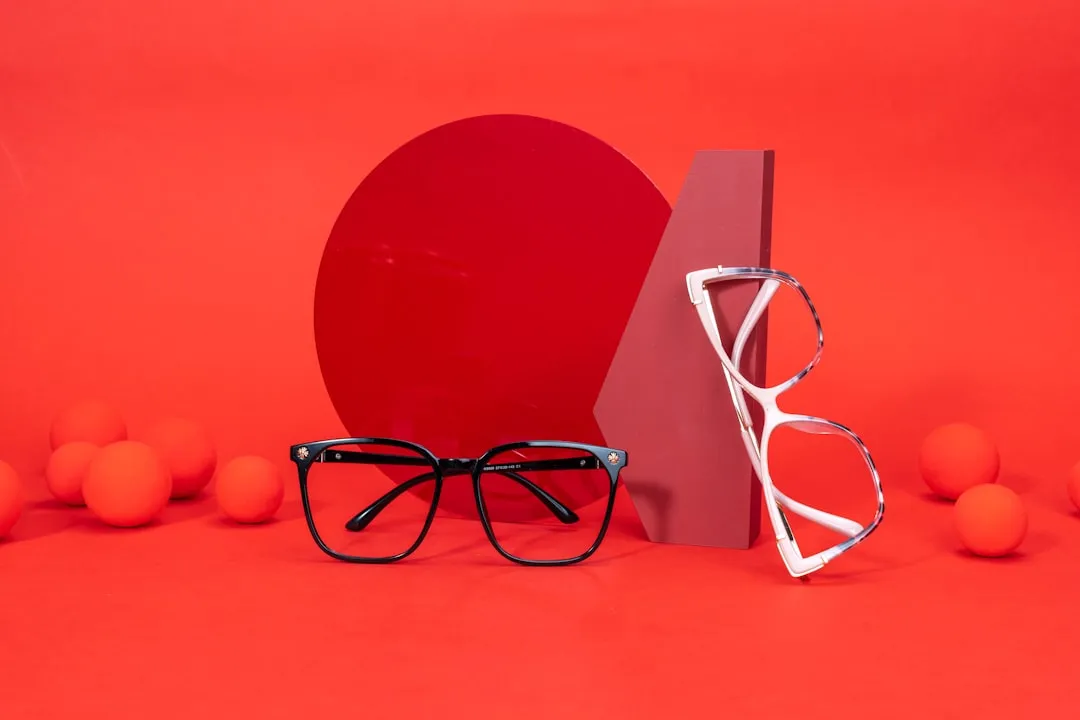Last week, a new Kickstarter campaign arrived for a completely untethered, augmented reality headset for under $300 called Okularion. While at first glance, this unit looks very much like a Samsung Gear VR, one thing that sets it apart (aside from being untethered from a nearby computer) is that it does not require a smartphone. Well, that and it's an augmented reality headset as well.
Okularion is the brain-child of John Wiacek and his company HKLA Studios. He is also the CEO of Digital Vogue, Inc. and Lead Unity Software Engineer for NantMobile. His background also includes both game development and many years of education experience.
In a market that starts around $950 with the recently released Meta 2 and goes up to $3,000 to $5,000 mark with the HoloLens, this product could be seen as a necessary step to get more developers working on solving the problems of augmented reality. With his background in education as a guide, Wiacek has sought out the goal of a creating an augmented and virtual reality solution that is "affordable for everyone."
Our key goal is to make learning AR/VR development accessible to everybody, and that means you don't need $2000 worth of hardware and a dedicated space to use it.
"Wait!" you say. "I am an extremely skeptical and conscientious consumer or developer. So the Okularion is not tethered and requires no smartphone inside, but it's somehow less than $300? And it comes with two controllers? How is that even possible?"
Those are completely fair questions. Let us consider the price of a Samsung Gear VR, which is one of the cheapest virtual reality solutions out there, and uses a $794.99 smartphone and $99.99 headset for sensors and control. Now, this does not include the necessary cameras for AR, so it can seem an impossible task to develop this technology at such a low price.

Okularion
On the other hand, as small startup like HKLA Studios is going to have far less overhead, and looking at the list of specs (below), it does not seem too far-fetched. Now let's be realistic here in what this device will be capable of. While it was not listed, this will likely be a three degrees of freedom system like Gear VR, which means that unlike the Microsoft HoloLens, positional data probably will not be handled through the sensors but through the controllers like a first-person shooter.
The specs for the Standard and Pro units have been released as follows:
Standard Headset:
- MT8321 Quad-core ARM Cortex-A7 MPCore processor
- 2K display
- GPU MT8321 SoC: OpenGL ES 1.1/2.0 3D graphic accelerator, MPEG-4 AS/ASP decoder
- 2 GB RAM
- 16 GB storage
- IMUs
- 2 controllers with IMUs
- 4.0 Bluetooth LE
- Wi-Fi 802.11 a/b/g/n
- Micro-USB
- 2,500 mAh battery
Pro Headset:
- everything listed above, with the below exceptions
- Snapdragon 821 processor (2x 2.4 GHz Kryo and 2 x2.0 GHz Kryo)
- 4K display
- GPU: Adreno 530
- 6 GB RAM
- 32 GB storage
- Wi-Fi 802.11 a/b/g/n/ac
- USB Type-C
- 3,000 mAh battery
With a goal of $250,000 set on Kickstarter and a week in, it seems a steep hill Wiacek and HKLA Studios have to climb to reach this goal. At the time of writing this, they are currently at $6,281. A very steep climb.
Do you think HKLA Studios can pull off this campaign? Let us know what you think in the comments.
- Follow NextReality on Facebook, Twitter, and YouTube
- Follow WonderHowTo on Facebook, Twitter, Pinterest, and Google+
Cover image by Okularion/YouTube

























Comments
Be the first, drop a comment!